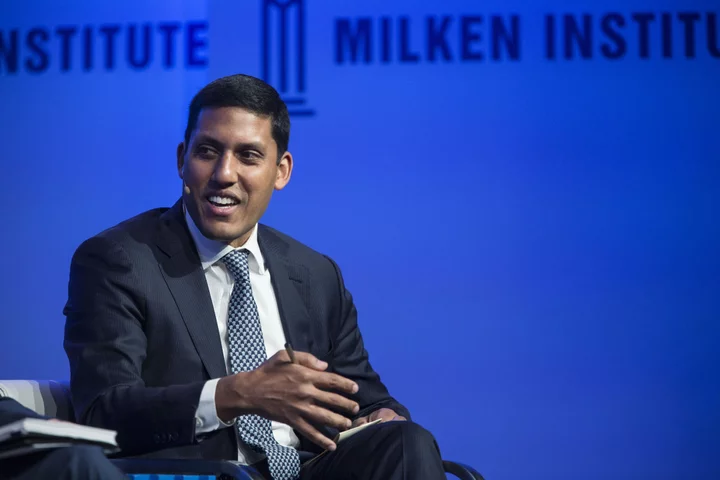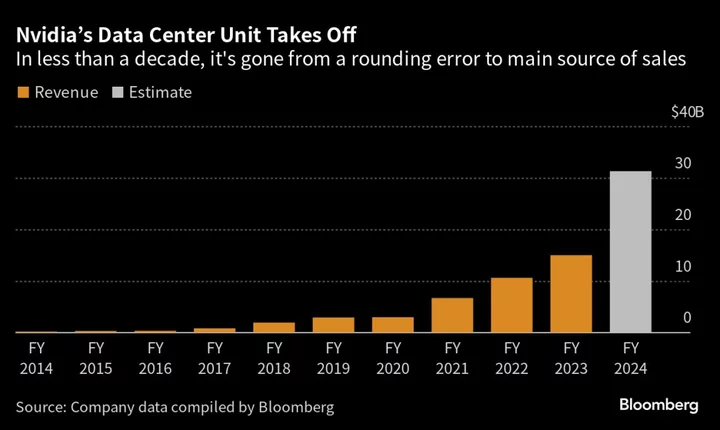The Rockefeller Foundation, established in 1913 by Standard Oil tycoon John D. Rockefeller, announced today that it aims to make its $6 billion endowment net zero emissions by 2050. That makes it the largest private foundation in the US with such a target.
Rockefeller follows a number of other US institutions, including Harvard University, which pledged in 2020 to get its $50 billion-plus endowment to net zero on the same timeline.
The foundation committed to divest from fossil fuels three years ago. This next step is pushing for greater decarbonization through both direct investments and influence, according to President Rajiv Shah.
“We hope to bring along other asset managers and institutional partners and, hopefully, we can make the path easier to follow,” Shah said.
Since Shah took the helm in 2018, Rockefeller has made climate change and the energy transition a core mission and has focused on boosting renewable energy deployment in emerging economies. In 2021, for example, it partnered with the furniture giant Ikea on a $1 billion initiative to fund solar and wind projects in developing nations.
The foundation will make its still-evolving process for reaching net zero transparent, so that others can follow along as it learns, said Chun Lai, chief investment officer.
There are three paths for Rockefeller to leverage its money into broader action, Lai said. The first, and perhaps the most important, is through money managers. Rockefeller doesn’t manage any money itself but works with hundreds of independent managers.
Going forward, Lai said, the foundation will give preference to managers who can have more impact. That could mean choosing one that has concentrated positions in highly polluting industries, and is open to using those positions to press for decarbonization, over managers with lots of low-emitting investments and that therefore see less need to press for change.
Second, the foundation will make direct investments in companies that offer climate change solutions. (In September, it said it would commit $1 billion to climate solutions over the next five years.) And third, it will set benchmarks to measure progress toward its goals and share these with other investors, in hopes that it can persuade them to join in its quest.
Lisa Sachs, director of the Columbia Center on Sustainable Investment at Columbia University, said a transparent process would be very welcome. “Everyone is struggling with a metric for the most impactful investments for climate solutions and how to measure the effectiveness of different strategies,” she said. “They are in a good place to support those who are trying to make investor action more effective.”
Still, she noted investor action only goes so far in addressing climate change. “While I do think stewardship is important, our research shows that the ability of investors to achieve our decarbonization goals is far more limited than we like to believe. The real difference needs to come from policymakers.”









